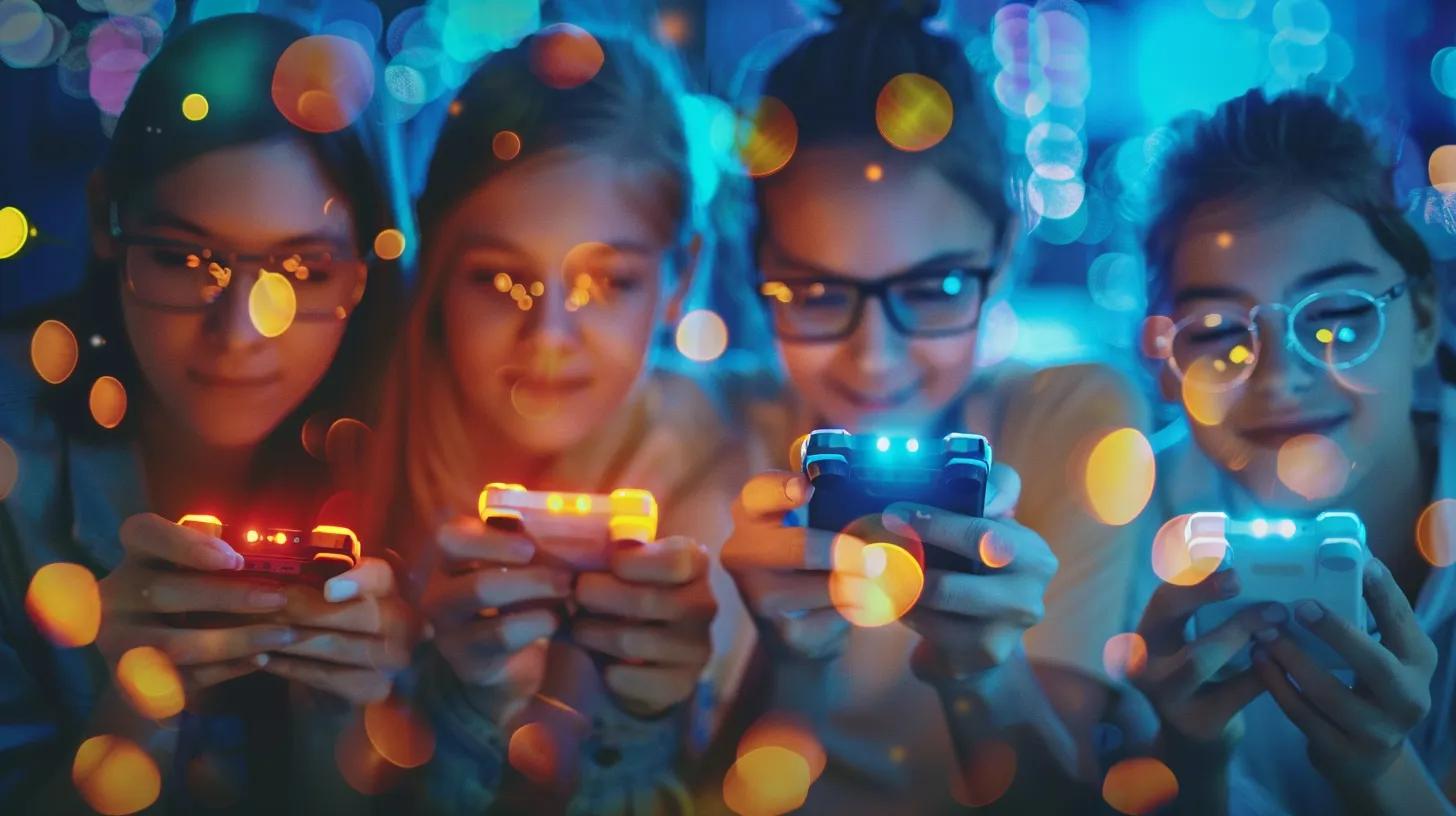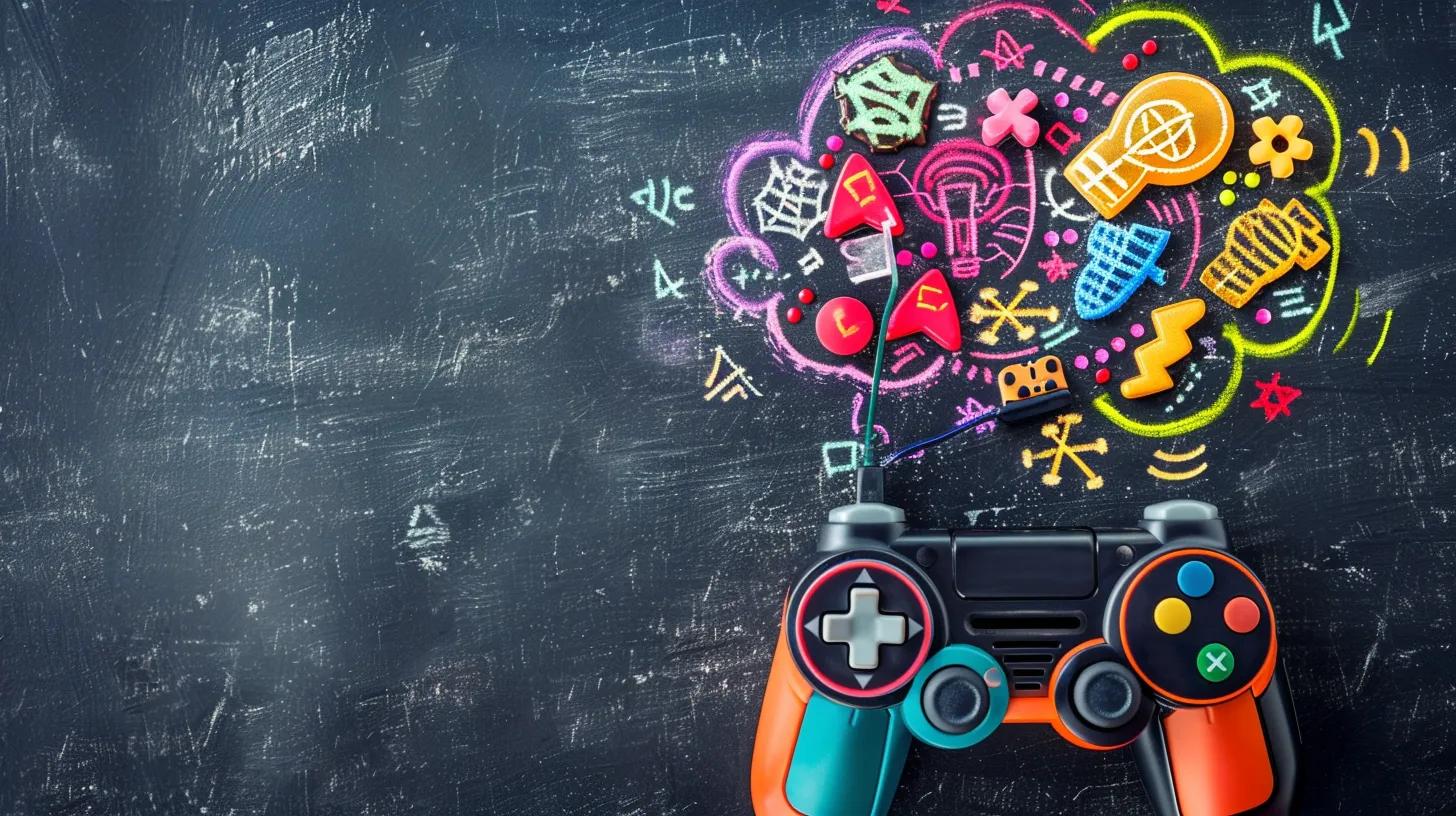





Gamification is transforming support groups by making participation more engaging and rewarding. It boosts motivation and fosters a sense of achievement, helping members stay active and committed. Here’s how gamification enhances support groups:
Interactive elements like points, badges, and challenges encourage consistent involvement and make progress visible.
Tracking progress reinforces positive behaviors, motivating members to stay on track.
Support group leaders and mental health advocates can use gamification to build stronger, more engaged communities.
By incorporating these elements, support groups become more dynamic, fostering deeper connections and sustained participation.
Gamification makes support groups more interactive and rewarding. It taps into motivation, emotion, and human behavior to build stronger relationships, boost participation, and improve overall experience. Simple strategies like points and badges encourage progress and promote a culture of support and fun. By applying insights from neuroscience, learning theory, and cognitive bias, you can create group environments that naturally encourage positive habits and emotional resilience.
Here are creative ways to keep members engaged and motivated through meaningful rewards, feedback, and recognition.
Imagine turning participation into a fun, rewarding experience. Happiness points allow members to exchange their points for meaningful rewards, like a custom playlist or a virtual coffee chat. To spread kindness, they can even donate points to others, creating a sense of community and support. This idea is inspired by Nir Eyal’s Hooked Model, which shows how habit-forming rewards keep people coming back for more.
Badges and achievements are a great way to recognize members for their contributions. Awarding badges like “Courage Catalyst” for vulnerability or “Active Listener” for peer support can make members feel valued. What makes it even more special is that members can create badges for each other, making it a truly personalized experience. This concept is inspired by the TED Talk: Gaming for Mental Health, where they discuss how elements of gaming can boost emotional well-being and engagement.
Collaborative streaks bring the group together with challenges like “7 Days of Gratitude Journals.” When everyone participates, they earn collective rewards, creating a sense of shared achievement. To help members stay on track, add rescue tokens that let others step in and support if someone misses a day. Inspired by James Clear’s Atomic Habits, this approach makes habit-building easier and more enjoyable for everyone.
Interactive quizzes can be a fun and engaging way to bust common mental health myths. When members answer correctly, reward them with mini-guides that dive deeper into the topic. To make it even more personal, turn quiz results into custom self-care tips that help members focus on their well-being. This idea comes from PsychCentral Quizzes, which use trivia to educate and empower individuals in a lighthearted way.
Help members track their progress with Visual Journey Maps using apps that let everyone add milestones to a shared "growth map." Seeing progress together can be motivating. To make it even more fun, celebrate Progress Parties each month with virtual confetti or shoutouts for everyone’s achievements. This idea is inspired by the Habitica App, which gamifies habit-tracking to make growth feel rewarding and exciting.
Starting is easier than it seems! Use free tools like Canva to design personalized badges, Google Forms for interactive quizzes, and Trello to track progress and milestones. These tools are simple to use, budget-friendly, and help you bring gamification to life. The focus should be on fostering collaboration, not competition. Encourage activities that highlight mutual support and group growth. This creates a welcoming atmosphere where everyone feels valued and motivated to participate actively, leading to a stronger, more connected community.
One anonymous depression support group saw a remarkable 40% increase in attendance after introducing kindness point donations. Members could now donate points to others, fostering a deeper sense of support and community. This small but impactful change encouraged members to stay connected and attend regularly, just like how Starbucks Rewards increased customer loyalty by offering tangible rewards. Members loved the opportunity to give and receive, which helped to build a stronger bond within the group. This demonstrates that simple, thoughtful actions—such as rewarding kindness—can significantly boost participation and engagement.

Gamification works because it taps into fundamental aspects of human behavior, cognition, and emotion. By understanding how the brain responds to rewards, motivation, and reinforcement, mental health professionals can design experiences that improve learning, increase attention, and support healthy habit formation. Techniques like quizzes, simulations, and feedback loops activate dopamine pathways, which are linked to desire, memory, and satisfaction. When used effectively, a gamified onboarding experience helps new members feel welcomed and informed, setting the stage for long-term participation.
Gamified programs often incorporate a reward system that aligns with group goals and tracks progress in a measurable way, making members feel their efforts are recognized. Leveraging technology and tools like a mobile app or AI-powered dashboards allows for personalized support based on data and analytics. This not only boosts customer engagement but also strengthens brand trust and helps refine the marketing approach to reach the target audience more effectively. These gamification tactics appeal to different skills and learning styles, reinforcing a deeper sense of community and belonging.
A well-designed loyalty program encourages repeated participation through consistent reinforcement and structured challenges. Such programs are not only engaging but also deeply rooted in game theory, which explores how people make decisions in strategic situations. When framed correctly, each activity serves as an exercise in personal growth, allowing members to explore new areas of knowledge, creativity, and self-understanding. In the long run, this approach supports not just engagement but lasting behavioral transformation by using the science of neuroscience and cognitive bias to your advantage.
Gamifying support groups is a great way to boost engagement and create deeper connections among members. As a leader, it’s important to try different ideas and adjust them to suit the vibe of your group. You don’t have to overhaul everything at once—starting with just one simple idea can make a big difference. It’s all about fostering an environment where everyone feels encouraged and supported.
Ready to give it a go? Pick one approach, see how it works, and watch your group grow closer. For more tips and guidance on building a stronger community, check out MentalHappy.com —a fantastic resource to help you get started on this journey.
If you’re excited to bring gamification into your support group, these tools and books can help you get started:
These resources offer practical ways to create a more interactive, supportive, and fun experience for your community.
Won’t gamification turn support groups into a competition?
No, gamification isn’t about creating winners and losers—it’s about making support more engaging and interactive. Features like kindness points and collaborative challenges encourage members to support each other rather than compete. When designed thoughtfully, these mechanics strengthen connections, boost motivation, and create a more inclusive environment.
Is it difficult to implement gamification in a support group?
Not at all! There are plenty of free and easy-to-use tools that can help. Canva allows you to design badges, Google Forms makes quizzes simple, and Trello helps track progress. You don’t need any technical expertise—just a willingness to try new ideas that make engagement more rewarding and meaningful.
Does gamification work for mental health support?
Yes! Research shows that interactive engagement tools can improve participation, motivation, and emotional well-being. By incorporating rewards, challenges, and progress tracking, members feel more connected, encouraged, and committed to their journey. Gamification adds a sense of achievement, making support groups more impactful and enjoyable.

If you are in a life-threatening situation - DO NOT use this platform.
Use these resources to get immediate help.


